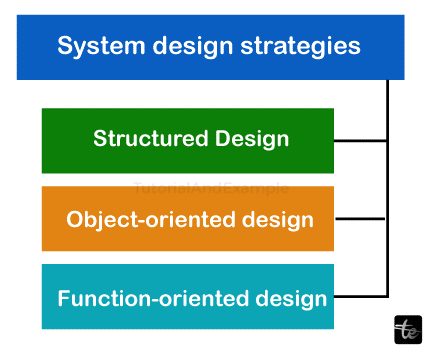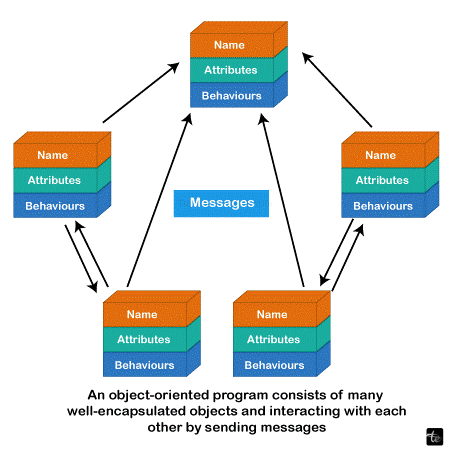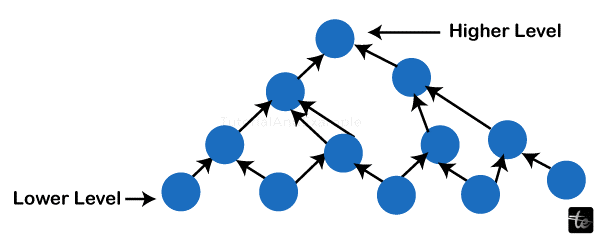Software Design Strategies
Introduction
Software design is the method of translating practical demands for software into actual software implementations. In software development, the user's desires are seen as assignments, and the most effective approach is considered. Whenever the program is being conceptualized, a plan is set out to identify the best design to achieve the needed result. One way to think about the software design process is as a sequence of distinct stages.

Strategies for System Design
There are numerous methods or approaches to carrying out system design.
1. Structured Design
The main goal of organized design is to divide issues into several neatly arranged parts. One advantage of this design method is that it makes things easier to understand. This makes it possible to solve the small pieces of puzzles and make them fit into the bigger picture. The parts of the answer are arranged in an orderly way.
The divide and conquer method, which breaks down a significant issue into lesser ones and then tackles each separately until the more substantial problem is solved, is the main foundation of organized design. Each of the challenges is addressed using the response module. The hierarchical structure emphasizes how crucial it is to manage these components precisely to get precise outcomes.
2. Function-Oriented Design
Structural design and function-oriented design are similar in that they divide a system into smaller units called functions. The whole thing is considered a top-down view, or map, of all the integrated operations. The more compact functions encourage conceptualization, yet more information is moving amongst the functions than in a hierarchical design. The function-oriented design allows the program to operate on inputs instead of storage.
3. Object-Oriented Design
In contrast to the other two architectural approaches, this concentrates on objects and classes. The components of the framework and their characteristics are the focal points of this method. Moreover, the data concerned is restricted to allow for the enabling of variation, and the features of all these objects are packaged together. Identifying objects and classifying them according to their characteristics is the primary goal of the object-oriented design approach. The links among these categories are then defined, along with establishing the category structure.

Although real-world entities may be quickly brought into the realm of computers, object-oriented design is thought to be better than function-oriented design. Several extremely fundamental class behaviours, including polymorphism, inheritance, abstraction, and encapsulation, can also be implemented using this technique.
Software Design Approaches
- Top-Down Approach
The primary goal of this design method is to break the system down into its parts and modules. The top-down technique conceptualizes the whole thing and then separates it into multiple pieces instead of building from the bottom up. Then, to satisfy the needs of the more extensive system, these parts are created and divided into smaller parts and sets of elements. This strategy views the structure as a whole rather than identifying various subsystems as separate entities. Subsystems are considered distinct objects when the system is ultimately defined and segmented according to its properties. After that, the parts are arranged in a hierarchical structure until the lowest level of the network is constructed.
- Bottom-Up Approach
The development of subsystems and the lowest-level components—even sub-components—is given priority in this system's development approach. Greater and higher-level subsystems can be generated more quickly and effectively if planned. As a result, less time is needed for recon and debugging. Until the system consists of just one element, the process of building smaller components into larger sets is repeated. Additionally, this design strategy increases the reusability of low-level techniques and generalized approaches.

Conclusion
Structured design mainly relies on the 'divide and conquer' method, where a challenge is broken down into several minor problems, each of which can be addressed independently until the issue is resolved. In function-oriented design, the system comprises several operations, which are distinct subsystems.
These features can complete significant system operations. The framework is thought of as the totality of all functions. Instead of focusing on the parts of the programming system, object-oriented layout is all about instances and their characteristics.